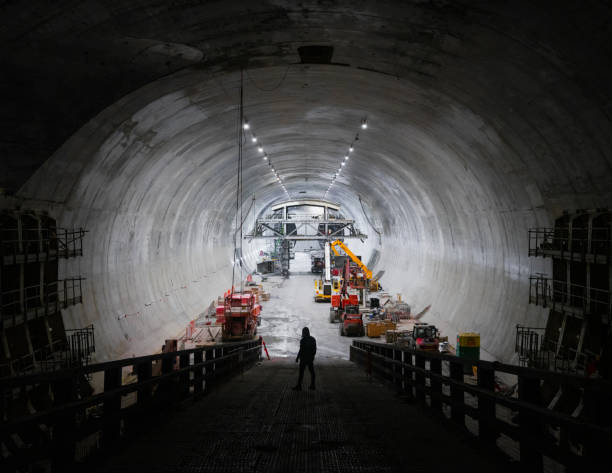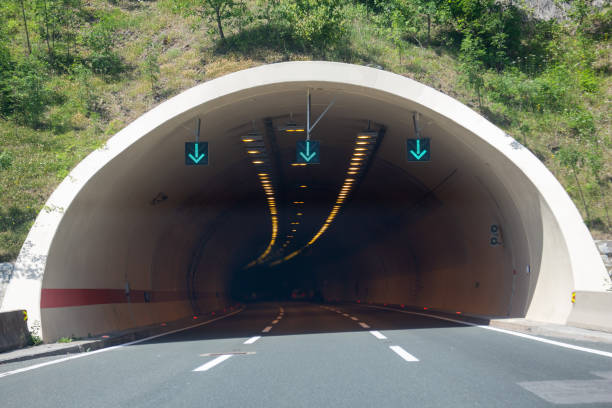Originally reported as being 5m to 6m across, a spokesperson for HS2 stated the hole, which appeared close to Shardeloes Lake near AMER sham, is about 4m across and roughly 3-4m deep. The spokesperson told NCE that the hole was bowl-shaped and “current thinking is that it is probably a pre-existing dissolution feature or fissure which has partially collapsed”. However, an industry specialist has suggested that the ground collapse could be linked to the tunneling work. The collapsed ground is located above a completed section of tunnel for the Chilterns Tunnels which is being constructed by contractor Align JV, a joint venture made up of Bouygues Travail Publics, Sir Robert McAlpine, and Volker Fitzpatrick. Investigations into what caused the depression are ongoing but, as it is above a portion of completed tunnel, the HS2 spokesperson has confirmed it has had no impact on current tunneling operations, which are continuing. The spokesperson for HS2 said: “A ground movement has occurred within a field above the Chiltern Tunnels. “Investigations are ongoing, but this is likely to be linked to pre-existing ground conditions above the tunnels. The site has been sealed off and there is no risk to the public.” The spokesperson confirmed that HS2 is in discussion with the landowner about the relevant next steps and the Environment Agency has been informed. The Chilterns is known for its Chalk mines as the area is a 1,700km2 chalk escarpment leading to specialists to speculate this recent HS2 sinkhole is the partial collapse of an historic mine. Ground subsidence specialist and Stantec senior consultant Clive Edmonds believes the area at which the sinkhole has formed isn’t particularly known for its proximity to Chalk mines however.

He said: “The Location Of The Void Is An Area Where The Chalk is Close.
to the surface so it is not a scenario where you would commonly see a Chalk mine. A Chalk mine would be further uphill normally. “As the Chalk is at the surface there is no need to mine which also means the water table is not at a huge depth. “For the geology of this setting, if it was further uphill you would think it could be associated with a Chalk mine but it’s actually an unusual area for mines to exist.” Edmonds’ most probable theory is that the sinkhole was formed by the tunneling operations. He said: “As there’s been tunneling, there could have been an over break of the Chalk and the contractors didn’t realize. If water has got into it, it could have washed the material away from the surface causing the void. The sinkhole is roughly 3-4m deep Photo by Jessica Buzzard Olivier “This would make it a man-made void created by the tunneling technique. They’ve either created the void or tunneled near an existing void.” Chalk specialist Rory Mortimore told NCE that the fears over tunneling in the region could cause sinkholes due to pre-existing Chalk mines were emphasized before the project began. He said: “There’s always been a risk all the way along the route. It’s very difficult to predict where but they will always pop-up along the way. “They’re very difficult to predict though, even using all forms of geotechnical surveys.” HS2 believe the sinkhole is due to a pre-existing dissolution feature or fissure. Photo by Jessica Bazzard Ollivier While it may seem uncommon that a sinkhole would form after tunnelling has been completed, Mortimore said this happens more often than you would expect. He said: “These things become active for a number of reasons. Groundwater moving through rocks and periods of more rainfall are a critical issue. These things can happen long after construction stops.” The HS2 tunnelling operations elsewhere on the project have also had geotechnical issues with three separate incidents relating to bubbling pools at Ruislip Rugby Football Club. These occurred between February and April in close proximity to tunnelling that was taking place in West Ruislip.


Recent Comments